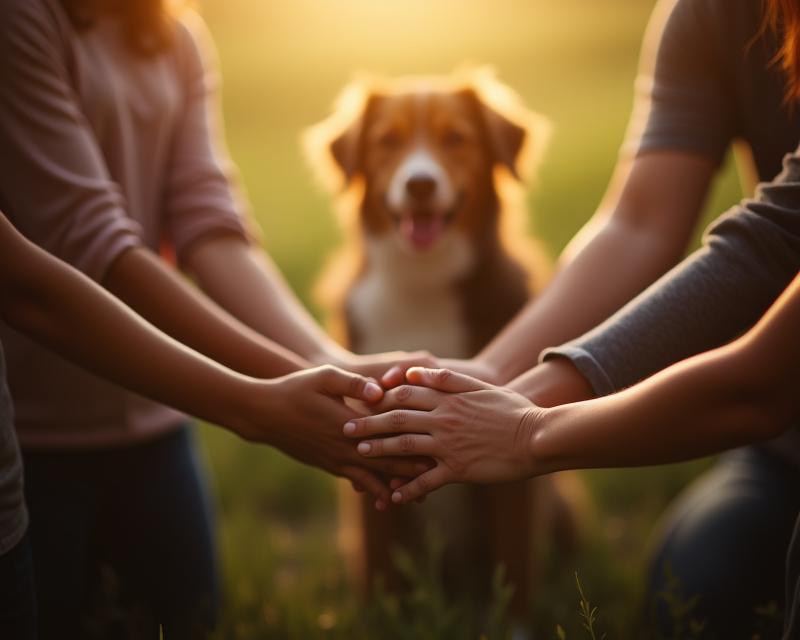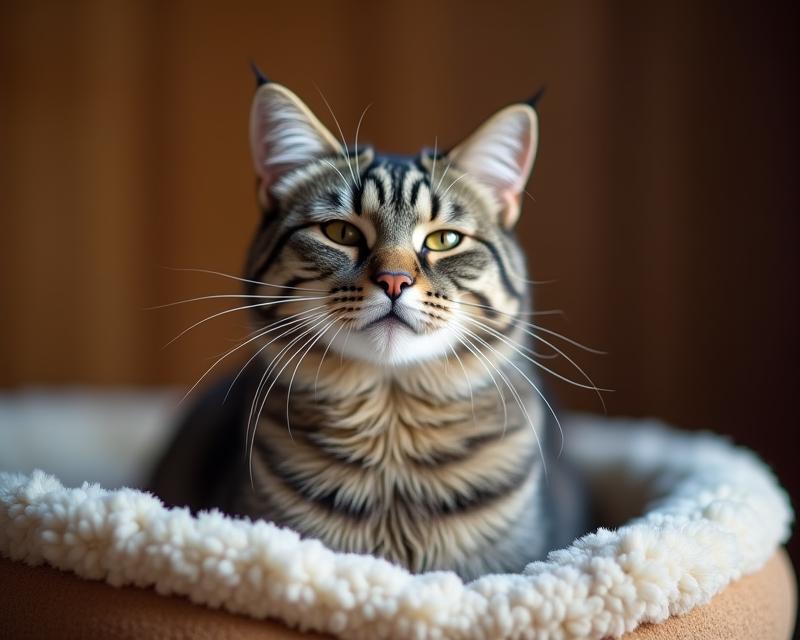Senior Paws: Caring for Aging Pets
Publish in Health el 28/06/2025 22:59
Understanding Aging in Your Beloved Pet
Our furry friends bring so much joy to our lives, and like us, they eventually experience the golden years. Understanding the signs of aging in pets is crucial for ensuring they continue to live happy, comfortable lives. It's a natural part of life, but being aware of the changes can help you provide the best possible care.

Common Signs of Aging
As pets age, you might notice several changes. One common sign is a decrease in activity levels. They might sleep more, play less, and not be as eager for walks. Joint stiffness and pain are also frequent issues, leading to slower movement and reluctance to jump. Vision and hearing can decline, making them more easily startled or disoriented. Changes in appetite and thirst are also common, as are dental problems like tartar buildup and gum disease. Finally, some pets may experience cognitive dysfunction, similar to dementia in humans, leading to confusion and changes in behavior.
Providing Comfort and Support
So, what can you do to help your senior pet? Regular veterinary checkups are essential – ideally, every six months – to monitor their health and address any emerging issues early. Discuss pain management options with your vet, which might include medication, physical therapy, or supplements. A comfortable environment is key! Provide soft bedding, ramps for easy access to favorite spots, and consider non-slip surfaces to prevent falls.
Diet plays a vital role too. Senior pets often benefit from diets formulated for older animals, which are typically lower in calories and easier to digest. Make sure fresh water is always available. Pay close attention to their dental health – regular brushing (if possible) and professional cleanings can make a big difference. Most importantly, offer plenty of love, patience, and understanding. Senior pets may need extra reassurance and gentle handling. Enjoy these precious years together, making the most of every moment!
Creating a Safe and Comfortable Home
Consider modifications to your home to make it safer and more accessible. Ramps can help pets with mobility issues reach their favorite spots, and non-slip mats can prevent slips and falls. Ensure that food and water bowls are easily accessible and at a comfortable height. Reduce potential hazards like loose rugs or electrical cords. A calm and predictable environment can also help reduce stress and anxiety in senior pets.
- Provide soft, comfortable bedding.
- Use ramps or steps for easy access.
- Ensure easy access to food and water.
- Maintain a consistent routine.





